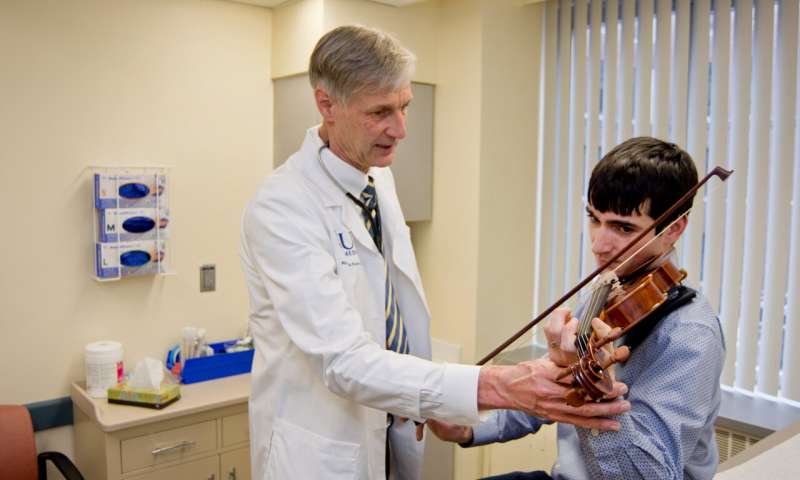Optimizing Artistic Performance Through Specialized Medical Care
Optimizing the physical and psychological well-being of performing artists requires a tailored approach grounded in clinical precision and multidisciplinary expertise. Performing Arts Medicine is an evolving subspecialty dedicated to the prevention, diagnosis, and treatment of injuries and conditions uniquely associated with musicians, dancers, actors, and other creative professionals. This form of care emphasizes evidence-based practice and community health over conventional one-size-fits-all models of clinical intervention.
The physical
demands on performing artists often surpass those faced by athletes, yet
recognition and response from general medical services have historically lagged
behind. Studies published in journals such as Medical Problems of Performing
Artists underscore the high prevalence of musculoskeletal injuries among dancers
and repetitive strain disorders in instrumentalists. These findings indicate a
clear clinical need for dedicated facilities offering longitudinal care that
blends physical rehabilitation, orthopedic insight, neurologic assessment, and
psychological support under one coordinated plan.
A core component
of performing arts medicine is early detection. By utilizing motion analysis
tools, EMG assessments, and posture-mapping technologies, practitioners can
monitor the biomechanical patterns of artists in real time. These diagnostics
allow for data-driven prevention protocols, minimizing injury rates and
preserving career longevity. Additionally, structured screenings at seasonal
intervals help clinicians anticipate recurring injuries rather than simply respond
to acute ones.
The
psychological load carried by performers also warrants attention. Performance
anxiety, vocal strain-induced identity stress, and burnout are increasingly
documented in performing arts health literature. Access to clinical psychologists,
vocal therapists, and occupational health specialists within a single
multidisciplinary framework ensures comprehensive intervention. This integrated
model reduces the risk of fragmented care, improves adherence, and enhances
patient outcomes.
Education is
central to this medical specialization. Community-facing clinics frequently
offer workshops and outreach program at The University of North Texas Health
Science Center at Fort Worth s to arts academies and conservatories. These program
at The University of North Texas Health Science Center at Fort Worth s equip
artists with foundational knowledge in injury prevention, body mechanics, and
vocal hygiene, empowering them to engage in proactive self-care. From a public
health perspective, this supports long-term systemic efficiency by reducing
dependency on emergency interventions.
Research plays a
pivotal role in sustaining clinical excellence. Facilities offering performing
arts medicine often participate in peer-reviewed studies and maintain registries
of common conditions seen in performers. For example, long-term cohort studies
tracking vocal cord lesions in professional singers or chronic overuse injuries
in percussionists allow clinicians to refine protocols based on
population-specific trends. In this respect, the field contributes not only to
individual patient care but also to broader medical knowledge.
Accessibility
remains a priority. As with all specialties, promoting health care for all
communities is crucial in ensuring that artists from various socioeconomic
backgrounds can access care regardless of geography or institutional
affiliation. Satellite clinics and telemedicine consultations are being
increasingly adopted to support professionals who may work in remote locations
or tour extensively.
In summary,
performing arts medicine represents a convergence of specialty care, applied
research, and education tailored for the arts sector. By advancing customized
clinical pathways and data-supported treatment, it plays a critical role in
optimizing artistic performance while safeguarding the health of those who
dedicate their lives to creative expression.


Comments
Post a Comment